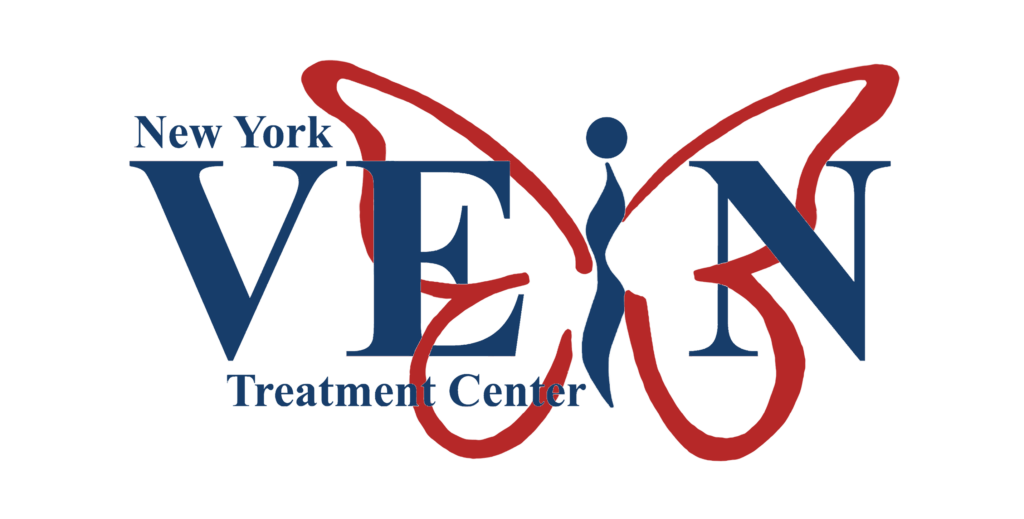Poor Circulation
Both veins and arteries transport blood throughout our bodies. The arteries bring the oxygenated blood from our heart to the rest of the body, while the veins carry the deoxygenated blood back to the heart. Our hearts pump the blood through the arteries. The heart, however, does not assist blood movement through the veins. That has the biggest impact on our legs obviously due to erect position of humans. That is why appropriate flow of venous blood in our legs, more than anywhere else in the body, is so dependent on proper function of venous valves.
The pathological conditions affecting our arteries, mostly arterial atherosclerosis, are well-understood by healthcare professionals and generally are well-accepted by the general public. The basic idea behind the above is the fact that fatty deposits inside the arteries, called “atherosclerosis”, make them narrower, or “stenotic”. As a sequence, reduced amount of the oxygenated “fresh” arterial blood is being brought from the heart to our organs. Such process in the heart will cause a heart attack, in the brain it often results in a stroke, while atherosclerosis of the leg arteries can be complicated by trophic ulcers and even gangrene. Naturally, the treatment revolves around improvement of the flow by either making the arteries wider or rerouting blood around such narrowings by means of placing either a stent or a bypass correspondingly.
Opposite to the above described phenomena, disease of the veins is often a consequence of their inability to transport “used” deoxygenated blood from the extremities back to the heart due to their dilation. This disease is known under different names, including venous insufficiency, venous incompetence, venous stasis vasculopathy, peripheral venous hypertension and many others.
It is important to know that both vein disease and arterial disease are more prevalent than most people suspect, that both can be serious and life-threatening, and that both can be difficult to diagnose. Peripheral artery disease, or PAD, affects approximately 8 million Americans and may have symptoms such as pain while walking or resting. PAD can be treated if it is discovered, but can be very dangerous if not treated because it can lead to gangrene and limb loss, and can be associated with heart attack and stroke.
Vein disease affects even more people, around 24 million Americans, and its most common form is chronic venous insufficiency or CVI. It is caused by different degrees of genetic predisposition, which may manifest earlier or later depending on presence and intensity of so-called “risk factors”. Some of the most common ones include; habitual heavy lifting, significantly increased body weight, multiple pregnancies and many others. As a result of the combination of the above, veins of the lower extremities become distended to a degree at which anatomically normal venous valves are not able to reach each other anymore. As the veins weaken, blood begins to pool in the legs and feet, leading to swelling, pain, and unsightly varicose veins and spider veins among many other signs and symptoms.
The most common pathological conditions affecting venous and lymphatic circulation of the lower extremities are described in the following subsections.
- Chronic Venostasis
- Lymphedema
- Post-Thrombotic Syndrome
- Stasis Venopathy
- Venous Insufficiency
- Deep Vein Thrombosis
- Lymphostasis
- Secondary Insufficiency
- Venous Hypertension
Start Your Journey To Feeling Good Again!
Schedule your Appointment Today with NYC's most Trusted and Comprehensive Vein Treatment Center

